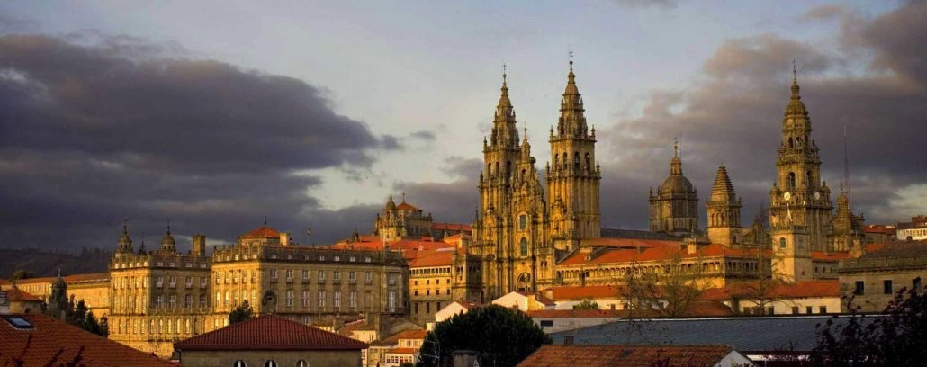Speaker
Description
Nucleon pair transfer processes between superfluid nuclei in heavy ion reactions are considered as possible analogues of the transfer of Cooper pairs [1] of electrons through Josephson Junctions (JJ) [2]. A particular signature of this analogy
concerns the dependence of absolute pair transfer cross sections on the number of transferred pairs [3-11]. In this contribution we present a novel approach to the study of the above analogy, based on the alternating current (ac) Josephson effect and associated electromagnetic radiation emitted in the process (see e.g. [12] and references therein; see also [13]), for which the consideration of one nuclear Cooper pair transfer, together with the corresponding one-nucleon transfer process, leads to a direct identification of the nuclear Josepson-like effect. It is based on the nuclear Cooper pair coherence length and on the γ-radiation emitted in the transfer process.
Based on the seminal work of Montanari et al. ([14, 15]; see also [16]) carried out at the Laboratori Nazionali di Legnaro (LNL), where the absolute transfer differential cross sections of the reactions 116Sn +60Ni→62Ni+ 114Sn and 116Sn+60Ni→61Ni+115Sn at a large variety of bombarding energies, from above the Coulomb barrier to well below it have been measured and analyzed in detail (G. Pollarolo) in terms of the semiclassical approximation and of microscopically calculated optical potential based on this last reaction formfactors, we will present predictions of the γ-angular distributions, analyzing powers and strength functions
([17, 18, 19, 20, 21]; see also [22]).
In this work we implement the quantum mechanical description of the coupling of the electric dipole associated with the (2n)-transfer reaction process, establishing the connection between the dynamics of the collision process and the number and energy dependence of the emitted γ photons, thus providing a robust quantitative signature of the (ac) Josephson-like nature of the phenomenon. Two important quantities emerge as conserved properties: the Cooper pair coherence length, and the length and orientation of the effective dipole associated with the two transferred neutrons.
We will also comment on a most important result of our collaboration with the LNL (L. Corradi and S. Szilner), namely the recently approved by the PAC committee with high priority [23, 24], of the first experiment specifically dedicated to
test our predictions.
[1] L. N. Cooper. Phys. Rev., 104:1189, 1956.
[2] B. D. Josephson. Phys. Lett., 1:251, 1962.
[3] V. I. Goldanskii and A. I. Larkin. Soviet Physics JETP, 26:617, 1968.
[4] K. Dietrich. Physics Letters B, 32(6):428, 1970.
[5] K. Hara. Physics Letters B, 35:198, 1971.
[6] K. Dietrich, K. Hara, and F. Weller. Phys. Lett. B, 35:201, 1971.
[7] M. Kleber and H. Schmidt. Zeitschrift f¨ur Physik, 245:68, 1971.
[8] H. Weiss. Phys. Rev. C, 19:834, 1979.
[9] W. von Oertzen and A. Vitturi. Reports on Progress in Physics, 64:1247, 2001.
[10] R. A. Broglia and A. Winther. Heavy Ion Reactions. Westview Press, Boulder, CO., 2004.
[11] D. M. Brink. In Jose Miguel Arias, María Isabel Gallardo, and Manuel Lozano, editors, Nuclear Physics at the Borderlines, page 15, Berlin, Heidelberg, 1992. Springer Berlin Heidelberg.
[12] P. E. Lindelof. Rep. Prog. Phys., 44:60, 1981.
[13] A. Bohr and O. Ulfbeck. In First Topsøe summer School on Superconductivity and Workshop on Superconductors, Roskilde, Denmark Riso/M/2756, 1988.
[14] D. Montanari, et al. Phys. Rev. Lett., 113:052501, 2014.
[15] D. Montanari, et al. Phys. Rev. C, 93:054623, 2016.
[16] Szilner, S. et al. EPJA Web of Conferences, 223:01064, 2019.
[17] G. Potel, F. Barranco, E. Vigezzi, and R. A. Broglia. Phys. Rev. C, 103:L021601, 2021.
[18] R. A. Broglia, F. Barranco, G. Potel, and E. Vigezzi. Nuclear Physics News, 31, No 4:24, 2021.
[19] R. A. Broglia, F. Barranco, G. Potel, and E. Vigezzi. arxiv.2202.13193 [nuclth], 2022.
[20] R. A. Broglia, F. Barranco, G. Potel, and E. Vigezzi. arxiv.2103.13536v3 [nucl-th], 2022.
[21] R. A. Broglia, F. Barranco, L. Corradi, G. Potel, S. Szilner, and E. Vigezzi. (to be published), 2022.
[22] P. Magierski. Physics, 14:27, 2021.
[23] L. Corradi et al. Search for a Josephson-like effect in the 116Sn+60Ni system, proposal PRISMA+AGATA experiment (spokepersons: L. Corradi and S. Szilner) . 2022.
[24] L. Corradi. Result of the evaluation of the Program Advisor Committe-LNL meeting, February 21-24. Private communication, 2022.
| Topic | Theory |
|---|

